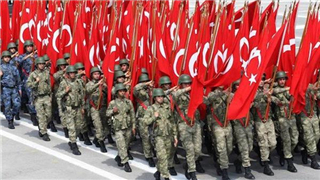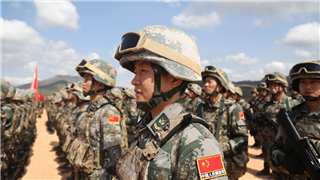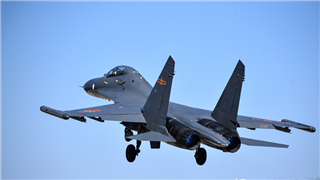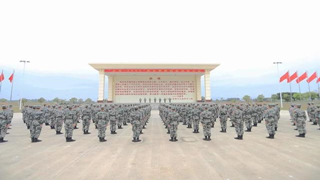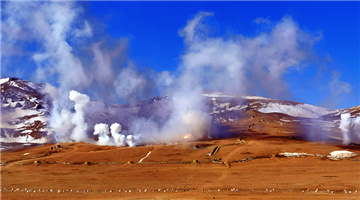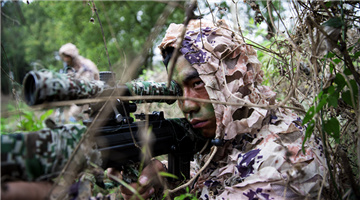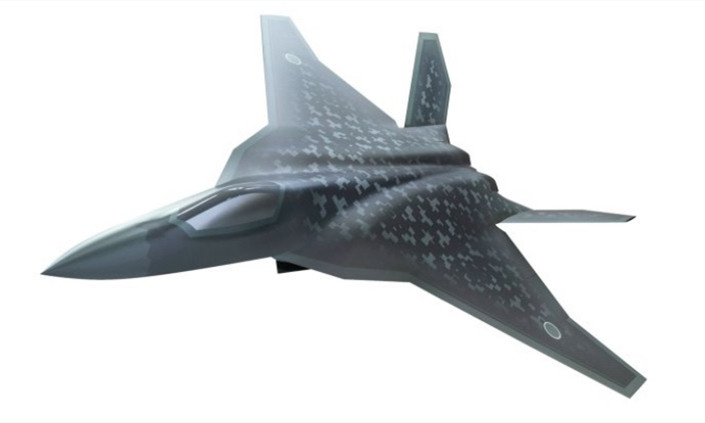
By Cheng Anqi
The Japan Air Self-Defense Force (JASDF) plans to deploy the “new-generation fighter jet” in the mid 2030s. Tokyo will seek cooperation with the US in jointly developing the warplane, and is willing to bear most of the R&D expenses to maintain its dominance in the process, indicating Japan’s intention to break the military restriction on it.
The new-generation fighter jet, named F-X, is set to replace the F-2 Support Fighter that is scheduled to be decommissioned in the 2030s. As the first combat jet co-developed by the US and Japan, F-2 is mainly deployed in maritime vessel attacks and ground-to-air combat and responsible for regular homeland air defense. However, not satisfied with F-2, Japan has been waiting for an opportunity to develop a type of advanced fighter jet that can meet its combat requirements to significantly enhance its aviation and space industry. Therefore, a lot of hope is placed on the new-generation fighter jet.
The problem is Japan, under America’s military control all these years, may once again be blockaded by the US away from any core technology, like with the development of F-35, if they are to work together on developing the new fighter jet. That would make the F-X development meaningless for Japan. Besides, independent development of a fighter jet that meets the combat and technical requirements would be extremely difficult and expensive due to policy pressure from the US.
Japan kicked off the FS-X program in as early as the 1980s to improve its air-to-ground assault capability, but unable to develop the high-performance fighter engine that met FS-X’s combat requirements. So, Japan had no choice but to seek help from the US, which then asked it to buy America-made fighter jets instead or produce American-designed products by license.
After WWII, Japan is restricted in the military buildup and has been trying to seize dominance in the cooperation with the US, in hopes of breaking the restriction one day. Japan’s Mid-Term Defense Program (MTDP) released at the end of 2018 specifically stated that “we will seek international cooperation and begin Japan-dominated development as soon as possible”. The document also drew up a multi-trillion-yen development plan focused on the defense industry. The development expenses are already listed in Tokyo’s 2020 annual budget and the plan is in motion. Now the Japanese government takes a further step by declaring its attempt to seize dominance in co-developing the new-generation fighter jet, which reveals its intention of breaking the military restriction and pursuing defense normalization in due course.
It’s worth noting that the Japanese Ministry of Defense gave top priority to free modification in its concept plan for the new fighter released at the end of last year, and the government has rejected the earlier US proposal of simply upgrading the existing fighter. Japan is willing to bear most of the R&D expenses because for this Asian country, the freedom to improve fighter jet is not only relevant to the potential of upgrading weapon performance in preparation for future warfare, but also a big step in shaking off the defense restriction and America’s control. Japan has never stopped making military preparations so as to take the initiative when it deems necessary.
Besides, the current US-Japan defense cost-sharing agreement will expire in March next year, and it’s hard for the financially strained Japan to substantially increase the current quota. Expressing its willingness to bear more expenses in the statement regarding the new fighter development is partly to remind the US not to ask too much in the following budget negotiations. Yet Tokyo still needs a nod from Washington to truly take the lead in the fighter development cooperation, and their alliance appears even more fragile under the flag of “America first”. After all, there was a time when Japan was planned to lead the program but couldn’t access the core technologies of the F-2 fighter jet due to escalated trade frictions with the US.

